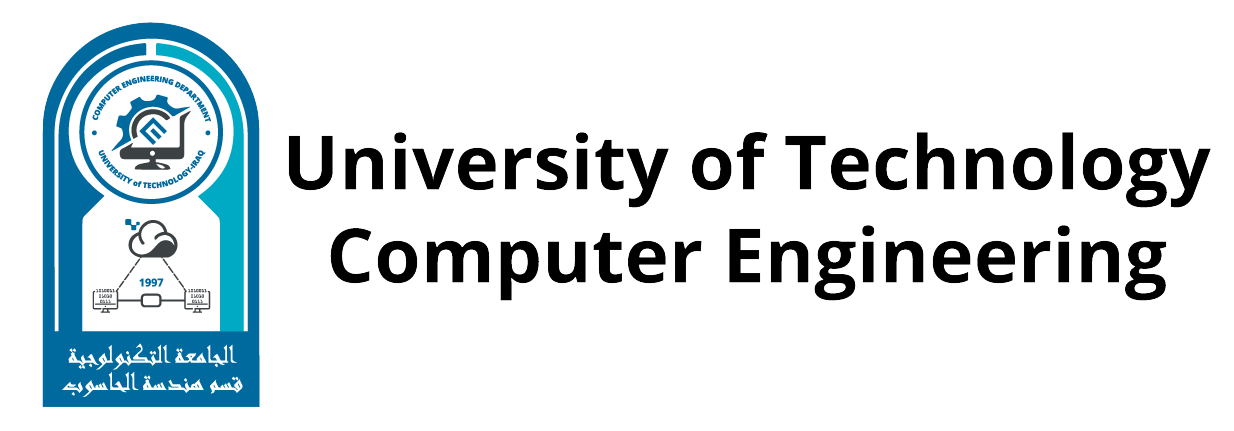SDN Based Campus Network
by researcher Ali Sadeq and supervisor Dr.Ameer Mousa
Software-Defined network (SDN) a powerful and flexible network model, is currently being standardized. SDN capabilities can significantly improve the performance of campus networks and to overcome the problems of traditional networks for improving Quality of Service QoS. Therefore, many studies have focused on enhancing campus networks using SDN.
The proposed system applies a Deep Q-Network (DQN) algorithm to a campus network (University of Technology) as a case study. This system employs a dual-method approach for optimizing network’s (QoS), which classifies service types. It directs TCP traffic through (DQN) for intelligent routing, whereas UDP traffic is managed using Dijkstra’s algorithm for shortest-path selection. This hybrid model leverages the strengths of both machine-learning and classical algorithms to ensure efficient resource allocation and high-quality data transmission. The proposed system aims to combine the adaptability of the DQN with the proven reliability of Dijkstra’s algorithm to dynamically enhance network performance to enhance the QoS by improving the throughput and minimize the latency.
In our comparative study, the proposed system, which utilizes both (DQN) for TCP traffic and Dijkstra’s algorithm for UDP traffic, was benchmarked against two other algorithms: an advanced version of Dijkstra’s algorithm that we designed and implemented, as well as a Q-learning-based approach. Three custom topologies with three different loads were used to check QoS.
The results show that our proposed system has a better performance, especially in complex topologies under medium and heavy loads, when compared with Q-learning and the designed Dijkstra algorithms. In UOT (our case study) the improvement of the proposed system comparing with Adv. Dijkstra were (57%, 21% and 42%) for throughput, latency and jitter respectively. The improvement of the proposed system comparing with QL algorithm were (37%, 22% and 33%) for throughput, latency and jitter respectively.
